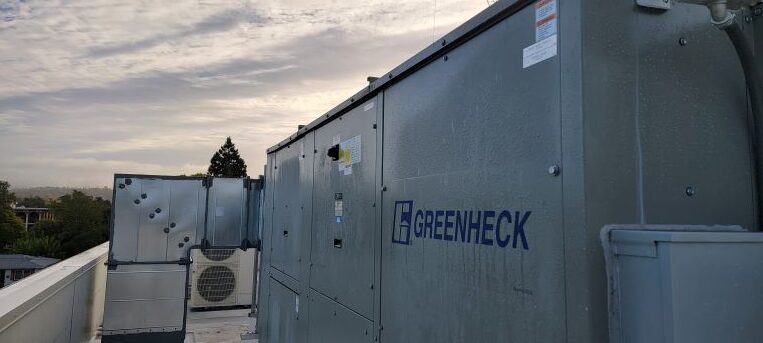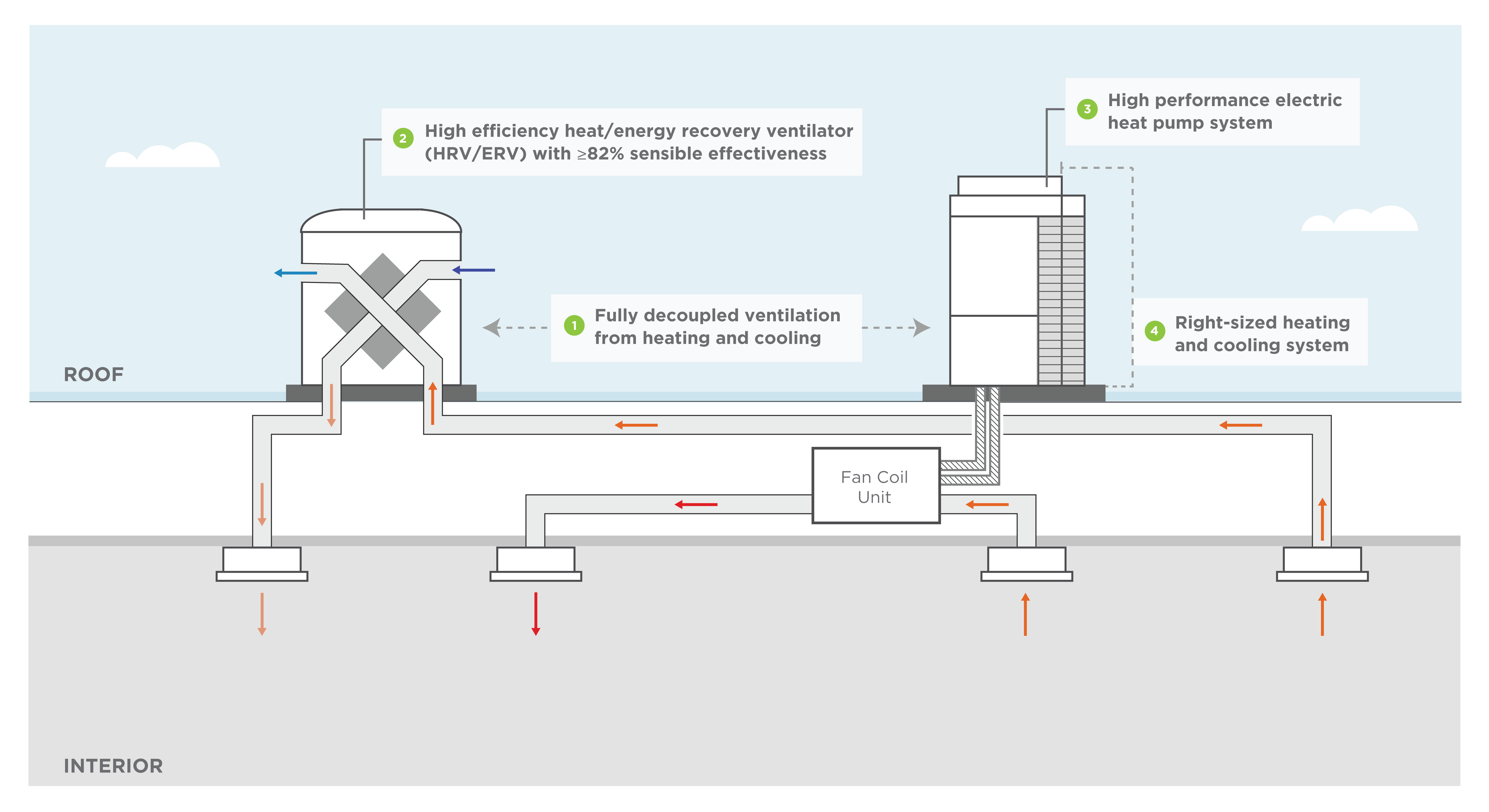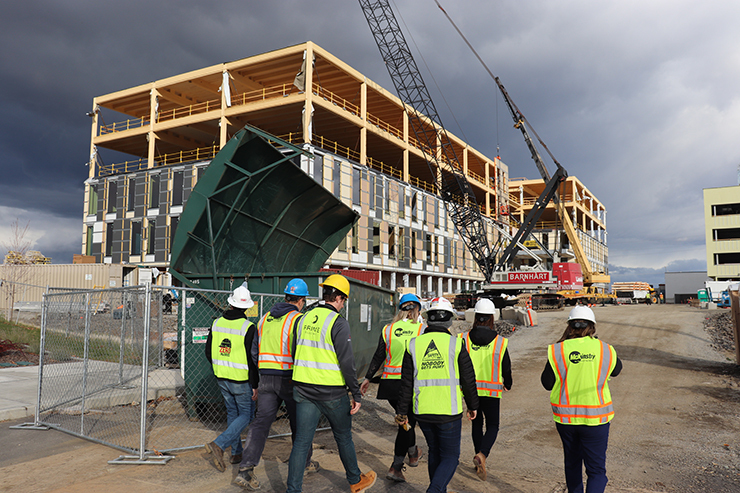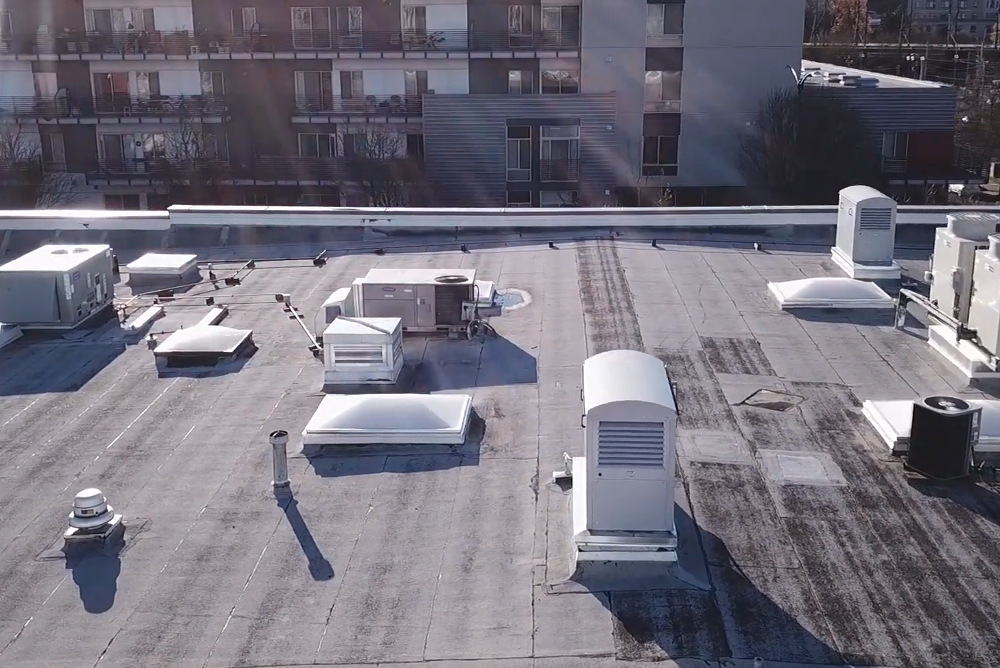A Closer Look at the Non-Energy Benefits of Very High Efficiency Dedicated Outdoor Air Systems

Very high efficiency dedicated outdoor air systems (very high efficiency DOAS) are a proven solution for reducing energy consumption as they optimize the control and functionality of ventilation and thermal comfort independently.
This very high efficiency approach is comprised of four key elements: high efficiency heat/energy recovery ventilator (HRV/ERV), a high-performance electric heat pump system that meets or exceeds current ENERGY STAR® minimum efficiency requirements, fully decoupled ventilation from the heating and cooling equipment, and a right-sized heating and cooling system.
Addressing the heating and cooling needs of a building—and applying best practices in design on a project-by-project basis—enables maximum performance and substantial energy savings. But did you know there are non-energy benefits of applying this approach to HVAC in commercial buildings that are also important?
Non-energy benefits of a very high efficiency DOAS system
- Circulates 100% filtered, fresh outdoor air, which helps minimize the recirculation and introduction of contaminated particles that spread viruses and other toxins throughout the building—including during periods of poor outdoor air quality.
- Allows for right-sized equipment, since building designers can downsize/right-size the heating and cooling system given it no longer needs to work as hard to keep occupants comfortable. This increases system performance, saves space on the roof, and offers building designers enhanced design flexibility.
- Creates year round, comfortable indoor temperatures that foster occupant happiness and tenant health. Decoupling ventilation air from primary heating and cooling air increases occupant comfort by improving temperature stability and allows for zones with unique temperature controls. This can help retain long-standing tenants, drive higher occupancy rates, and improve building marketability.
- Helps meet requirements for building certifications such as Leadership in Energy and Environmental Design (LEED), which recognizes proficiency in sustainable design, construction, and operations standards. These certifications are proven to result in rent premiums of 6% and sales premiums of 7.6%.[1]
- Reduces system and maintenance costs, as well as the lifetime cost of the system due to downsized/right-sized equipment and less run time.
- Helps achieve corporate sustainability goals by providing an ideal, all-electric HVAC system. This can be highly marketable, especially when attracting occupants who value sustainability and environmental awareness.
Northwest-based installations have revealed some ideal project and building types that can benefit from this approach, including small-to-medium sized buildings (less than 50,000 sq. ft.), new construction and major renovations, and several building types, including schools, retail, government, and office buildings.
Learn more about the benefits of a very high efficiency DOAS from these other resources on BetterBricks:
- A Proven Approach to High-Performance HVAC Improves Efficiency, Health, and Comfort (fact sheet)
- Very High Efficiency DOAS: How it Works and Why it Matters (video)
- It’s a New Day for Efficiency and Comfort at Portland Preschool (case study)
- High-Performance HVAC Gets to Work for Utility Office (case study)
[1] Source: World Economic Forum



